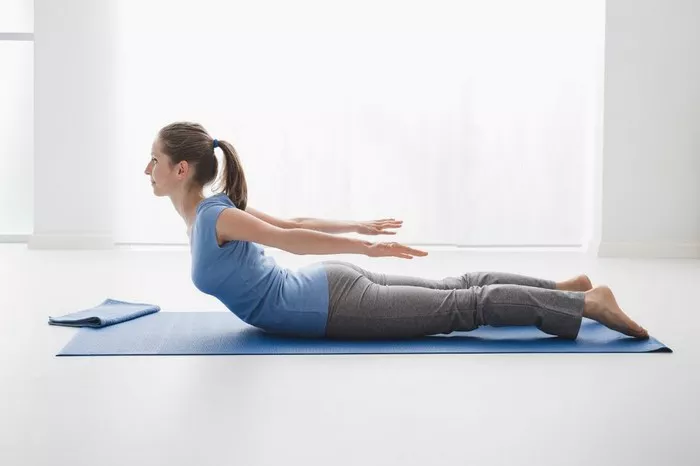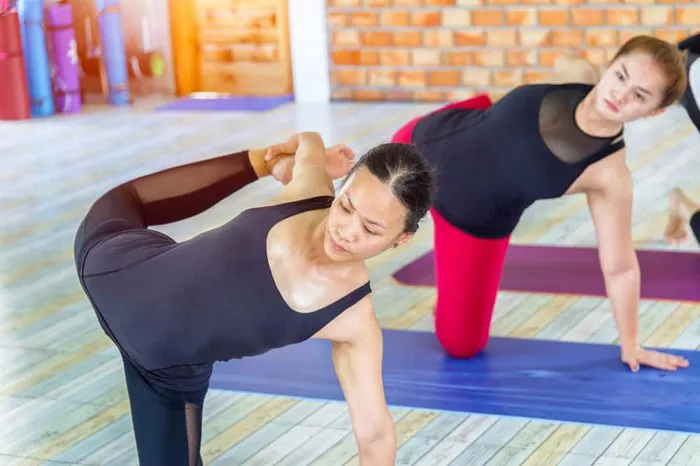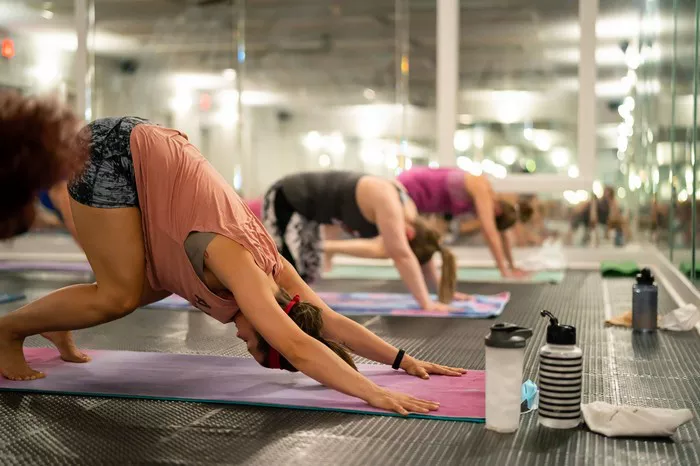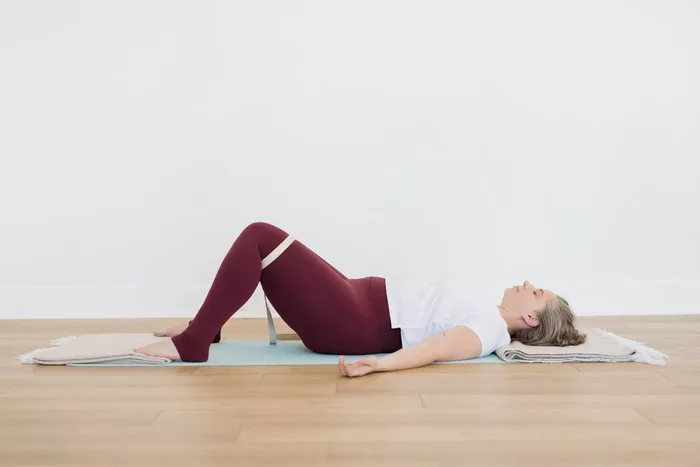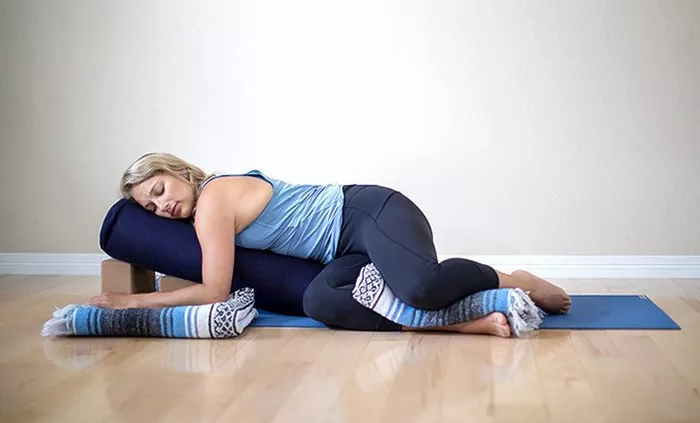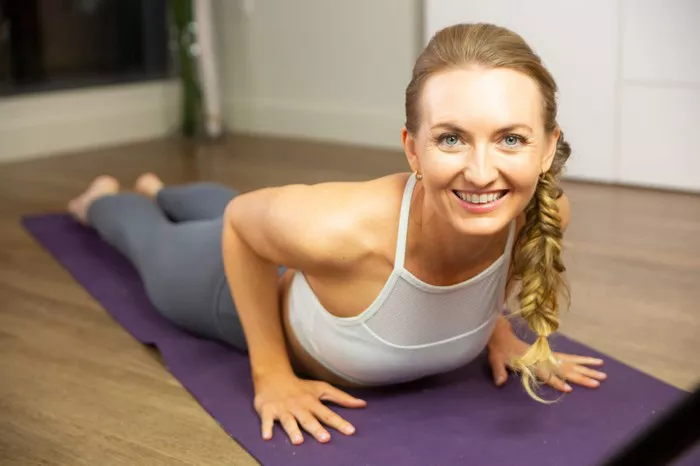Yoga, an ancient practice that originated in India, is widely known for its ability to promote physical flexibility, mental calm, emotional stability, and spiritual well-being. Traditionally, yoga has been practiced by people of various ages, backgrounds, and fitness levels, but in recent years, it has become increasingly popular as an inclusive form of exercise. Adaptive yoga is one of the key ways yoga is being made accessible to individuals with disabilities. But what exactly is adaptive yoga, and how can it benefit people with different physical or cognitive challenges? In this article, we will explore the concept of adaptive yoga, its origins, techniques, benefits, and the importance of creating an inclusive environment for people with disabilities in the yoga community.
Understanding Adaptive Yoga
At its core, adaptive yoga is a tailored approach to traditional yoga practices, designed to meet the needs of people with disabilities. It adapts the basic principles, postures (asanas), and breathing techniques of yoga in ways that make them accessible to individuals with physical, intellectual, or sensory impairments. The primary goal is to offer a safe, effective, and inclusive practice for those who may face barriers to participating in traditional yoga classes.
Adaptive yoga instructors are specially trained to work with individuals who may have limited mobility, visual impairments, hearing loss, chronic pain, cognitive disabilities, or other physical or mental health conditions. These instructors are equipped to modify yoga poses, use assistive devices, and create an environment that fosters inclusivity and support.
The Role of the Instructor
Instructors who teach adaptive yoga play a pivotal role in helping individuals with disabilities engage in the practice. They are trained to understand various physical and mental challenges that people with disabilities may face, and they approach each student with patience, compassion, and creativity.
A skilled adaptive yoga teacher has an in-depth understanding of anatomy, adaptive techniques, and therapeutic approaches to ensure that every participant is able to safely perform movements that are beneficial for their body and mind. This might include suggesting props, such as blocks, bolsters, or chairs, or offering modified versions of traditional poses. Instructors may also emphasize mindful breathing, relaxation, and mental focus to help students manage their emotions, reduce anxiety, and improve mental clarity.
The Different Forms of Adaptive Yoga
Adaptive yoga is not a one-size-fits-all approach. It can vary greatly depending on the needs of the individual, their abilities, and their goals. Below are some of the common forms and techniques used in adaptive yoga:
1. Chair Yoga
Chair yoga is an excellent form of adaptive yoga for people who have limited mobility or find it difficult to get down on the floor. This form of yoga involves performing modified yoga poses while seated in a chair or while using the chair for support. Chair yoga can improve flexibility, increase circulation, and enhance overall strength and balance without requiring participants to kneel or stand.
2. Restorative Yoga
Restorative yoga focuses on relaxation and healing through the use of props such as blankets, bolsters, and pillows to support the body. It is often practiced in a slow-paced manner, allowing for long-held poses that encourage deep relaxation. Restorative yoga is particularly beneficial for people with disabilities because it does not require much physical exertion, and it can help reduce stress and tension while improving body awareness.
3. Yoga for the Visually Impaired
Adaptive yoga can also be tailored for individuals who are blind or have low vision. Instructors may provide verbal cues and guidance to help individuals understand the alignment and positioning of poses. They may also offer tactile cues by gently guiding the individual’s body to help them feel the correct positioning. With the use of clear and descriptive instructions, yoga can be accessible to people with visual impairments.
4. Yoga for People with Hearing Impairments
For people with hearing impairments, adaptive yoga can be modified by focusing on visual cues and demonstrations. Instructors may use sign language, written instructions, or visual hand signals to communicate with participants. Additionally, vibration-based cues or music with deep bass frequencies may be used to enhance the sensory experience.
5. Trauma-Informed Yoga
Trauma-informed yoga is a technique that takes into consideration the mental and emotional well-being of individuals, especially those who have experienced trauma. Many people with disabilities have lived through difficult or traumatic experiences, and trauma-informed yoga emphasizes safety, awareness, and empowerment. The practice is designed to be sensitive to the emotional needs of participants and to avoid triggering memories of past trauma.
6. Wheelchair Yoga
Wheelchair yoga is specifically designed for individuals who use wheelchairs as their primary mode of mobility. This type of adaptive yoga allows people to participate in a range of postures while seated in their wheelchair. The poses are modified to promote joint mobility, muscle strengthening, and mental relaxation. Props such as yoga blocks, straps, and chairs may also be used to provide additional support and stability.
7. Adaptive Vinyasa and Hatha Yoga
Vinyasa and Hatha yoga styles are also adaptable for people with disabilities. Adaptive Vinyasa focuses on linking breath with movement, allowing individuals to modify traditional flowing sequences based on their abilities. Adaptive Hatha yoga emphasizes static postures and provides longer holds in poses, which helps build strength and flexibility gradually. Both practices can be adapted for different mobility levels by using props, offering alternative variations of poses, and emphasizing deep breathing techniques.
Key Benefits of Adaptive Yoga
Adaptive yoga offers a wide range of physical, mental, and emotional benefits, particularly for individuals with disabilities. Some of the key advantages include:
1. Increased Physical Strength and Flexibility
One of the primary benefits of adaptive yoga is its ability to improve strength, flexibility, and mobility. Many individuals with disabilities experience muscle weakness, joint stiffness, or limited movement range. By performing modified yoga poses, people can gradually increase their physical capabilities. Yoga encourages the lengthening of muscles and the strengthening of key areas of the body, helping individuals to develop better coordination and balance.
2. Enhanced Mental Well-Being
Yoga has long been known to reduce stress, anxiety, and depression. For individuals with disabilities, adaptive yoga provides a way to relax the mind, cultivate mindfulness, and improve emotional regulation. The practice helps participants build resilience, increase mental clarity, and find calmness even in the face of physical or emotional challenges. Deep breathing, meditation, and other relaxation techniques employed in adaptive yoga also contribute to better emotional well-being.
3. Pain Relief and Improved Circulation
Adaptive yoga can help alleviate chronic pain, a common issue among people with disabilities. By gently stretching and strengthening the muscles, yoga can reduce tension, improve blood circulation, and promote better joint function. The slow, mindful movements involved in adaptive yoga also help activate the parasympathetic nervous system, promoting a relaxation response that can reduce pain.
4. Greater Body Awareness and Mind-Body Connection
Adaptive yoga encourages individuals to connect with their bodies in a deeper and more mindful way. Many people with disabilities may struggle with body awareness due to physical limitations or challenges with movement. Through adaptive yoga, individuals can develop a better sense of their bodies, understanding how their muscles, joints, and bones work together. This heightened awareness can help them engage in daily activities with more confidence and efficiency.
5. Social Interaction and Community
Adaptive yoga offers individuals with disabilities the opportunity to connect with others in a supportive and inclusive environment. The community aspect of yoga fosters a sense of belonging, reducing feelings of isolation or loneliness. Participants are able to share their experiences, provide encouragement to one another, and feel supported by a group that respects their individual needs.
Challenges and Considerations in Adaptive Yoga
While adaptive yoga offers many benefits, there are also certain challenges to consider. First and foremost, adaptive yoga requires instructors who are specially trained and familiar with the diverse needs of individuals with disabilities. Not all yoga teachers may have the knowledge or skills to provide the necessary adaptations.
Another challenge is ensuring that adaptive yoga classes are accessible and affordable for everyone who needs them. While some yoga studios offer classes specifically designed for people with disabilities, these classes may not always be widely available. In addition, some individuals may face financial barriers to attending classes or may lack access to transportation.
It is also important to create a safe and inclusive environment that fosters self-acceptance and avoids feelings of judgment or inadequacy. Students with disabilities should be encouraged to practice at their own pace, to honor their bodies, and to embrace their unique abilities without comparison to others.
Conclusion
Adaptive yoga is a powerful and transformative practice that can help people with disabilities experience the physical, mental, and emotional benefits of yoga. By offering modified poses, props, and individualized guidance, adaptive yoga makes it possible for individuals with a wide range of abilities to participate in a practice that promotes wellness and self-care. It encourages greater mobility, strength, and balance, and it provides an opportunity for mental relaxation and emotional healing.
As the yoga community continues to evolve and become more inclusive, adaptive yoga will undoubtedly play a crucial role in making the practice accessible to everyone, regardless of their abilities. It is an essential tool for building a more inclusive and compassionate society where all individuals have the opportunity to improve their quality of life through the practice of yoga.
Related Topics:

